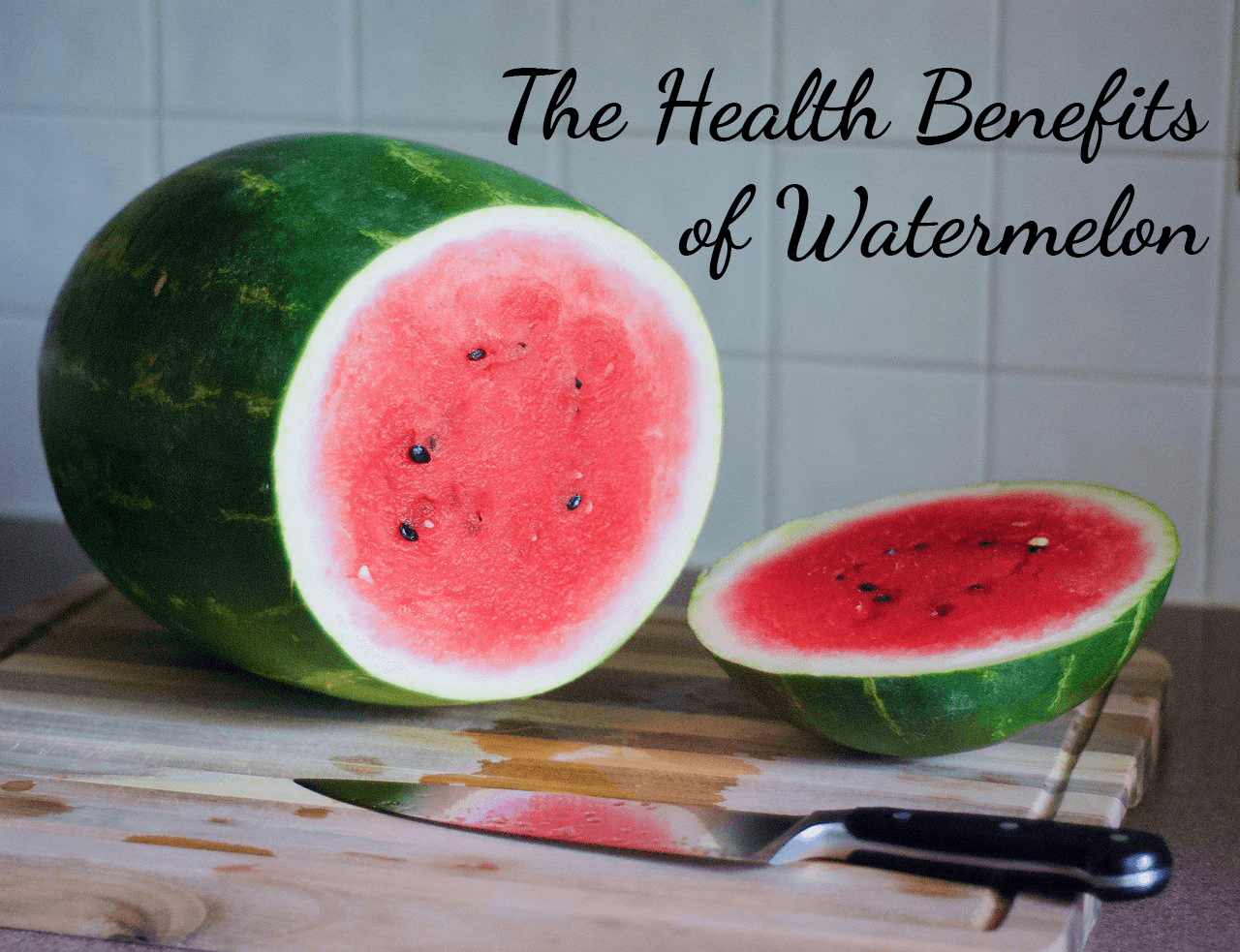This site contains affiliate links to products. We may receive a commission for purchases made through these links.
Botanical name
Citrullus lanatus
Description
For many, this vine-like flowering plant that is cultivated for its fruit is the sweet taste of summer, and with its high water content, (about 91%), it just might be a great choice to help you stay hydrated in the heat. But don’t let the fact that watermelon mostly contains water fool you about its nutritional content. Watermelon is packed full of vitamins.
Vitamins and Minerals
- Vitamin A
- Vitamin B6
- Vitamin C
- Iron
- Calcium
- Thiamine
- Riboflavin
- Niacin
- Folate
- Pantothenic acid
- Magnesium
- Phosphorus
- Potassium
- Zinc
- Copper
- Manganese
- Selenium
- Choline
- Lycopene
- Betaine
- L-citrulline
Health Benefits
- Can be protective of the heart due to its lycopene content.
- Hydrating due to the fact that it’s 91% water.
- The L-citrulline found in watermelon may help with muscle soreness
- Great for the skin due to its vitamin A content.
- The choline found in watermelon can help with inflammation.
Background and History
The watermelon originated in West Africa and had reached India by the 7th century, and by the 10th century, had reached China, which today, is the world’s single largest watermelon producer.
Watermelon was introduced into Spain by the Moors, and there is evidence of it being cultivated in Córdoba in 961 and also in Seville in 1158.
By 1576, it was being grown by Spanish settlers in Florida.
By the 1600s, watermelon had spread northwards through southern Europe and the fruit began appearing in European herbals.
It was being grown in Massachusetts by 1629, and by 1650, it was also being cultivated in Peru, Brazil and Panama, as well as in many British and Dutch colonies.
Seedless watermelons were initially developed in 1939 by Japanese scientists. Seedless watermelons became more popular in the 21st century, rising to nearly 85% of total watermelon sales in the United States in 2014.
The Oklahoma State Senate passed a bill in 2007 declaring watermelon as the official state vegetable, with some controversy about whether it is a vegetable or a fruit.
Flavor Profile
Slightly sweet, exceptionally juicy and like most fruits, a flavor in its own right.
Pairs Well With
- Salt
- Cilantro
- Fennel
- Basil
- Mint
- Honey
- Nuts
- Cheese
- Most other fruits, especially lemon or lime
Storage
A whole, uncut watermelon can be stored in the refrigerator for up to a week or at room temperature for a week or two. Cut watermelon should be wrapped in plastic, refrigerated and used within three to five days.
Popular Uses
- Slices and/or chunks are often eaten raw for a refreshing snack.
- Frequently drank as a juice and often added to lemonade.
- Chopped into chunks and added as an ingredient in salsa.
- Hollowed out and used as a container for fruit salads and drinks at parties.
- Used in several alcoholic drinks.
- Used in smoothies.

